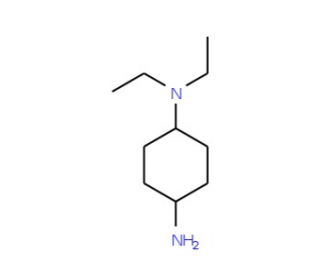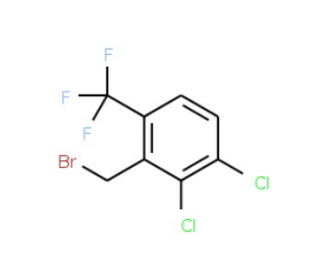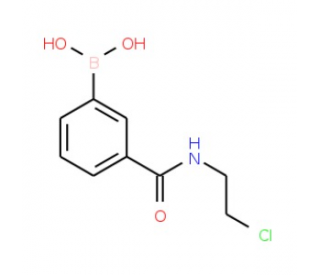详细说明
Species Reactivity
Human
Specificity
Detects human S1P 1/EDG‑1 by flow cytometry.
Source
Monoclonal Mouse IgG2b Clone # 218713
Immunogen
NS0 mouse myeloma cell line transfected with human S1P 1/EDG‑1
Met1-Ser382
Accession # P21453Formulation
Supplied 0.2 mg/mL in a saline solution containing BSA and Sodium Azide.
Label
Alexa Fluor 350
Applications
Recommended
ConcentrationSample
Flow Cytometry
0.25-1 µg/10 6 cells
CHO Chinese hamster ovary cell line transfected with human S1P 1/EDG-1 and eGFP
Please Note: Optimal dilutions should be determined by each laboratory for each application. are available in the Technical Information section on our website.
Preparation and Storage
Shipping
The product is shipped with polar packs. Upon receipt, store it immediately at the temperature recommended below.
Stability & Storage
Store the unopened product at 2 - 8 °C. Do not use past expiration date.
Background: S1P1/EDG-1
S1P 1, also known as EDG-1, is a member of the endothelial differentiation gene family. It is a high affinity G protein-coupled receptor for the bioactive lipid, Sphingosine-1-phosphate. S1P 1 signaling regulates endothelial cell survival, cytoskeletal remodeling, chemotaxis, and angiogenesis.
Long Name:
Endothelial Differentiation Gene 1
Entrez Gene IDs:
1901 (Human); 13609 (Mouse)
Alternate Names:
CD363 antigen; CD363; CHEDG1; D1S3362; EDG1; EDG-1; EDG1edg-1; Endothelial differentiation G-protein coupled receptor 1; endothelial differentiation, sphingolipid G-protein-coupled receptor, 1; FLJ58121; S1P receptor 1; S1P receptor Edg-1; S1P1; S1P1ECGF1; S1PR1; sphingosine 1-phosphate receptor 1; sphingosine 1-phosphate receptor EDG1; Sphingosine 1-phosphate receptor Edg-1; sphingosine-1-phosphate receptor 1










 粤公网安备44196802000105号
粤公网安备44196802000105号